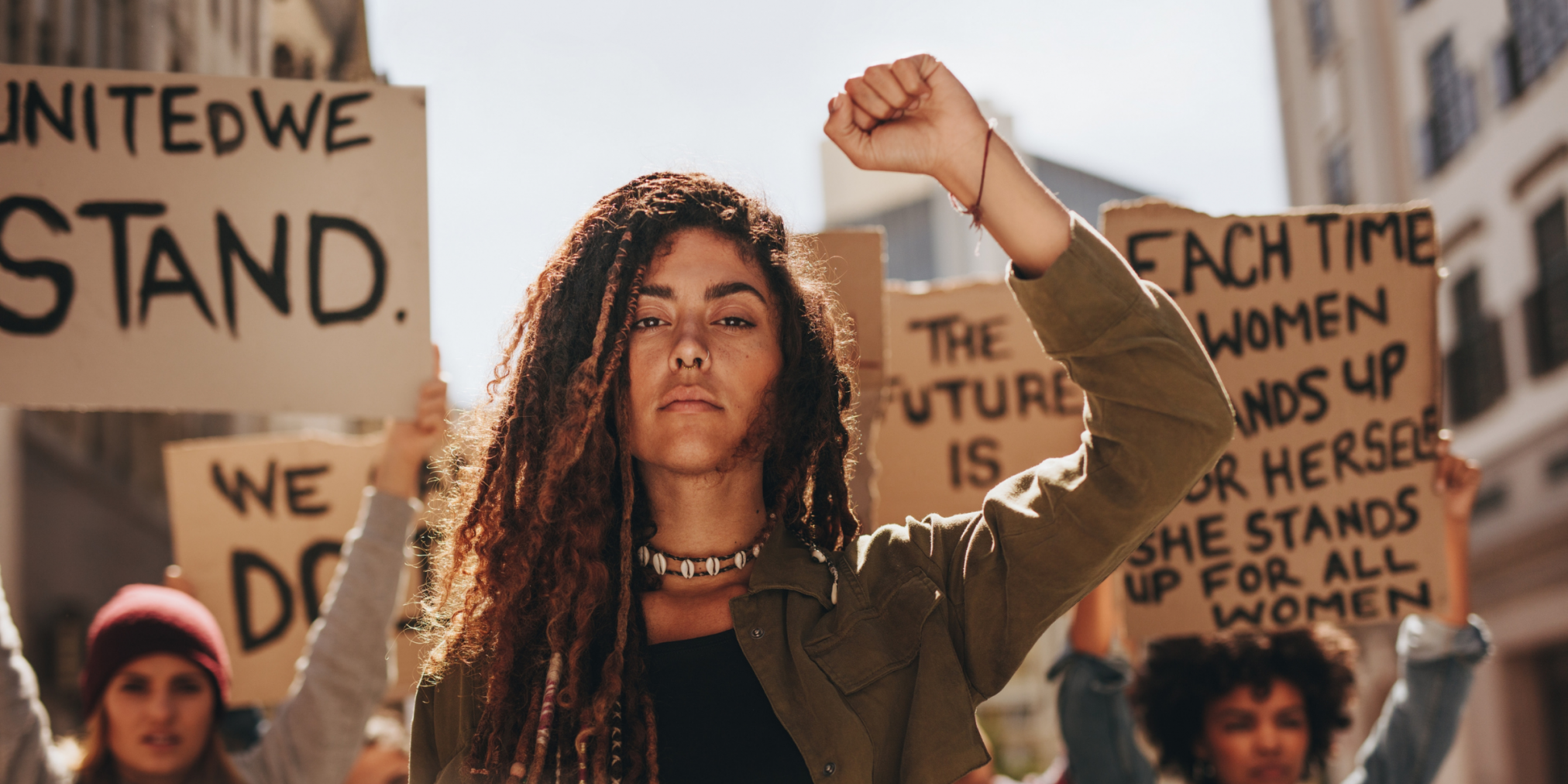Last April, Shelter Movers published a blog post on the importance of taking an intersectional approach to tackling gender-based violence, in order to understand how women who experience multiple forms of oppression are more likely to experience gender-based violence (GBV) and face barriers to accessing support.
Intersectionality was a term first coined by Kimberlé Crenshaw to explain the oppression of Black women, whose experiences could only be understood by considering the additive effect of gender-discrimination and racism together. The term is now broadly used to describe the overlapping impact multiple forms of oppression have based on a person’s intersecting identities.
As a survivor-centered organization dedicated to creating safer communities, racial justice is one of the key values guiding our work. This blog post will be taking a deeper dive into the relationship between gender-based violence and systemic racism, and how to take an anti-racist approach to supporting survivors.
Ending gender-based violence means ending systemic racism
Systemic racism is a term that calls attention to the fact that racism is deeply embedded in our political, legal, and social institutions. Systemic racism looks like explicit discrimination in the way laws and regulations are policed, unequal access to health care, what is and isn’t taught in education, or housing availability. Systemic racism also covertly shows up in our everyday interactions with another, through ignorant stereotyping or microaggressions.
Racism and violence, including gender-based violence, are intricately connected: in the words of activist Vanessa Timmons, racism is part of the constellation of oppression, each interacting with the other, influencing the other, compounding the other; you’ll see racism in all forms of oppression. As such, anti-racism must be a key component of efforts to eradicate GBV, because we cannot eliminate GBV if we do not also challenge systemic racism.
Quick Facts
- 3 in 10 racialized women have experienced some form of intimate-partner violence (IPV) in their lifetime
- Indigenous women face twice the risk of IPV in their lifetime
- Racialized women are also less likely to report a partner’s abusive behaviour
- When racialized women do report violence, their experiences are often taken less seriously and their perpetrators routinely receive less harsh punishment
Culturally competent support for survivors
As Tarana Burke and Joanna Smith wrote in a joint letter for Girls for Gender Equity, addressing the relationship between gender-based violence and systemic racism means centering the needs of a broader spectrum of survivors, including BIPOC women and girls, 2SLGBTQ+, disabled, and women in poverty. In doing so, we can “build bridges for restorative accountability” and “implement strategies to sustain long term, systemic change”.
Centering the needs of women and girls oppressed by systemic racism means that, as advocates against GBV, we need to reflect on how this advocacy can also be anti-racist. It might seem counterintuitive, but racism can show up in organized efforts against other forms of oppression, such as GBV – this is because of the systemic nature of racism. For example, systemic racism might unconsciously inform who is considered a “good client” in the provision of survivor support services. Responses to intimate-partner violence, for instance, often involve police and the criminal legal system. Racialized women experiencing GBV face numerous barriers and challenges throughout the process of accessing support, beginning from the initial reporting of abuse to navigating legal and social assistance systems. Taking an anti-racist approach to GBV recognizes that these systems do not adequately protect Black, Indigenous, and women of colour – in fact, involving the police or criminal legal system may further exacerbate the harm.
Culturally relevant and responsive services are required for Black, Indigenous, and survivors of colour. What this looks like will depend on the context, but ultimately means adapting to the individual’s circumstances. For instance, shelters might accommodate diverse language needs or offer culturally familiar food for survivors fleeing violence. These seemingly small acts can go a long way in affirming the dignity of survivors. On a more systemic level, culturally competent support looks like the development of alternative approaches to the prevention, detection, and accountability for sexual violence that addresses diverse experiences and promotes healing for survivors.
Intersectionality in Practice
- Consider solutions to barriers to accessing services such as transportation options, language accommodation, physical accessibility, childcare support
- Invite clients and community members into the process of developing organizational strategies so that their needs are reflected
- Respect that everyone has a valid and useful perspective, and give weight and authority to those perspectives, even if they challenge the way things are normally done
There are lots of ways you can help end gender-based violence and systemic racism. Consider donating to and promoting organizations that support women of colour.
Continue the discourse on GBV in racialized communities amongst peers and family. Or you can support Shelter Movers, who continues to support all survivors of gender-based violence across Canada, by donating or volunteering your time.
Note: The author is grateful to gender justice advocates who have thoughtfully curated the following resources list: Resources for Gender Justice Advocates to Challenge Anti-Black Racism

